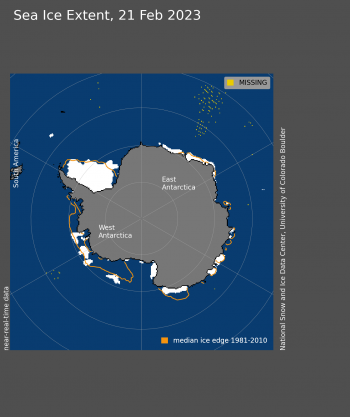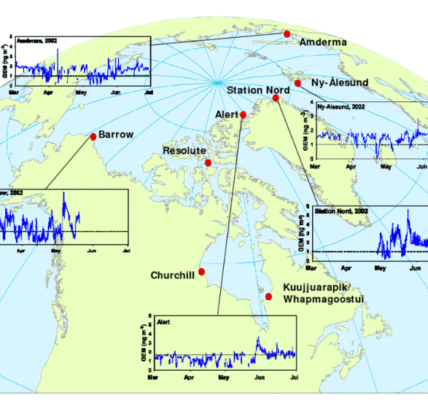Arctic Sea Ice Information Center, Noriaki KIMURA (Atmosphere and Ocean Research Institute, The University of Tokyo)

- Minimum ice extent will be about 4.70 million square kilometers in September. This is almost the same as in 2021 and 2022.
- The Northern Sea Route will open around August 19. The Canadian side except for Canadian archipelago opened on July 20.


The colored lines indicate the ice edge for 2022 and 2023.

The Arctic sea ice extent on September 10, when the sea ice minimum will be about 4.70 million square kilometers. This is almost the same as in 2021 and 2022.
Sea ice along the Russian and Canadian sides will retreat at about the same pace as in 2023.
Russian side
The sea ice extent in the East Siberian Sea will retreat to similar to 2023 until late August. The minimum sea ice extent in September will be larger than 2023 and smaller than 2022. Sea ice extent in the Kara Sea and the Laptev Sea will be smaller than 2022 and 2023 as of August 1, and the trend will continue through the minimum period. Compared to the recent 21-year average, sea ice will retreat later than usual in the East Siberian Sea and the Kara Sea, and earlier in the Laptev Sea. The Northern Sea Route will open around August 19.
Canadian side
Sea ice in the Chukchi Sea and the Beaufort Sea will retreat at about the same rate in 2022. Sea routes of the Canadian side opened on July 20.
The prediction was performed using the relationship between sea ice concentration in July and the concentration after August. Daily prediction data can be downloaded here and daily sea ice age distribution data can be downloaded here .
You can also check the daily forecast and sea ice age data (daily and yearly) on Arctic Data archive System (ADS) at National Institute of Polar Research.





As we look at the Arctic Sea Ice, let’s remember that every small action counts. By staying informed and advocating for sustainable practices, we can contribute to a brighter future for our planet’s icy realms. The power to make a difference lies within us all!
Great job! The visuals were particularly helpful in illustrating the changes over time. It might be beneficial to include more about the potential impacts on wildlife and indigenous communities as well.
Thank you for sharing this! I found your explanations clear and informative. Perhaps incorporating some expert opinions or interviews could add depth to your findings.